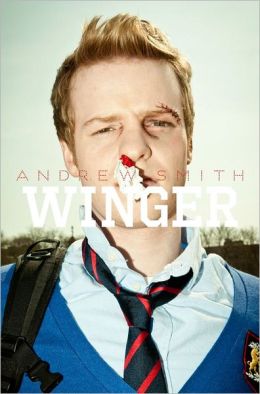I have been meaning to write about Kate Atkinson’s Life After Life since I picked up and
read the book in April. In the few months before the book came out, a few early
reviews compared the book to Emma Forrest’s Your
Voice in My Head, not in terms of content or feel, but because of the way both books completely immerse a reader
into their stories. I loved Forrest’s book (and can’t wait for the movie
adaptation), and so Life After Life was
on my radar for a few months before it came out, even though I actually haven’t
read any of Atkinson’s books before.
Life After Life is
about Ursula Todd, a woman with infinite lives and life choices, all of which
play out in the nearly 500-page book. Ursula is born in 1910 in England, and
then she is born again and again and again, always returned back to that same
snowy night of her birth. I’m not sure exactly how many different threads of
her life do eventually play out, but they are alternately long, sprawling stories
and short, terse ones, all of them encapsulating a version of her life that
stems from the different choices that she makes again and again. It took me a
handful of stories to get the rhythm and routine of how life works for Ursula
Todd: once she dies, she is returned right back to the night of her birth in
1910, and lives through it again. Her death comes at birth, in childhood, in
adolescence, and in adulthood. Each time she gets just a little bit further,
and the reader is give a longer glimpse of another version of her life. For
example, when Ursula is an adolescent she relives the same event over and over
again: the Spanish flu picks off various members of her family until her
subconscious makes her find a way to life through it.
It is this idea of Ursula’s “subconscious” that I loved. As
she lives through her lives, over and over again (yet separately), she does not
acknowledge any remembrance for what has happened before. For example, she does
not learn from a past event in order to make it happen differently the next
time it comes around. However, there is a sense of déjà vu that pervades her
several lives, a sense of something deep inside herself that causes her to make
decisions that alter her course of life from how it was before. There is a
great version of her life that places her in an insane asylum, as all of her
many lives lived finally overwhelm her and lead to an incredibly exhaustion
from living them all.
As well, her 1910 birth date places Ursula in a position to
live through two world wars, which provides Atkinson with much material for
writing while also examining just what it means to live life over and over
again, if living it means a constant experience of WWI and WII. It is
interesting to watch Ursula experience the wars, and to see how one small
decision can lead to either her death, or to her life progressing further. At
one point she is even transported to Germany because of one childhood decision,
and rather than experiencing WWII on British soil, she lives through it in
Germany.
Life After Life examines
the way a life is lived, and the way choices can change that life completely.
Atkinson’s secondary characters are also present in every iteration of Ursula’s
life, and they change or don’t change in just as interesting ways (Ursula’s
brother Maurice is always horrible, no matter what the situation). Atkinson
builds a world for Ursula, and then sees her exploring every inch of that
world, and every choice provided for her there, and any future available.








